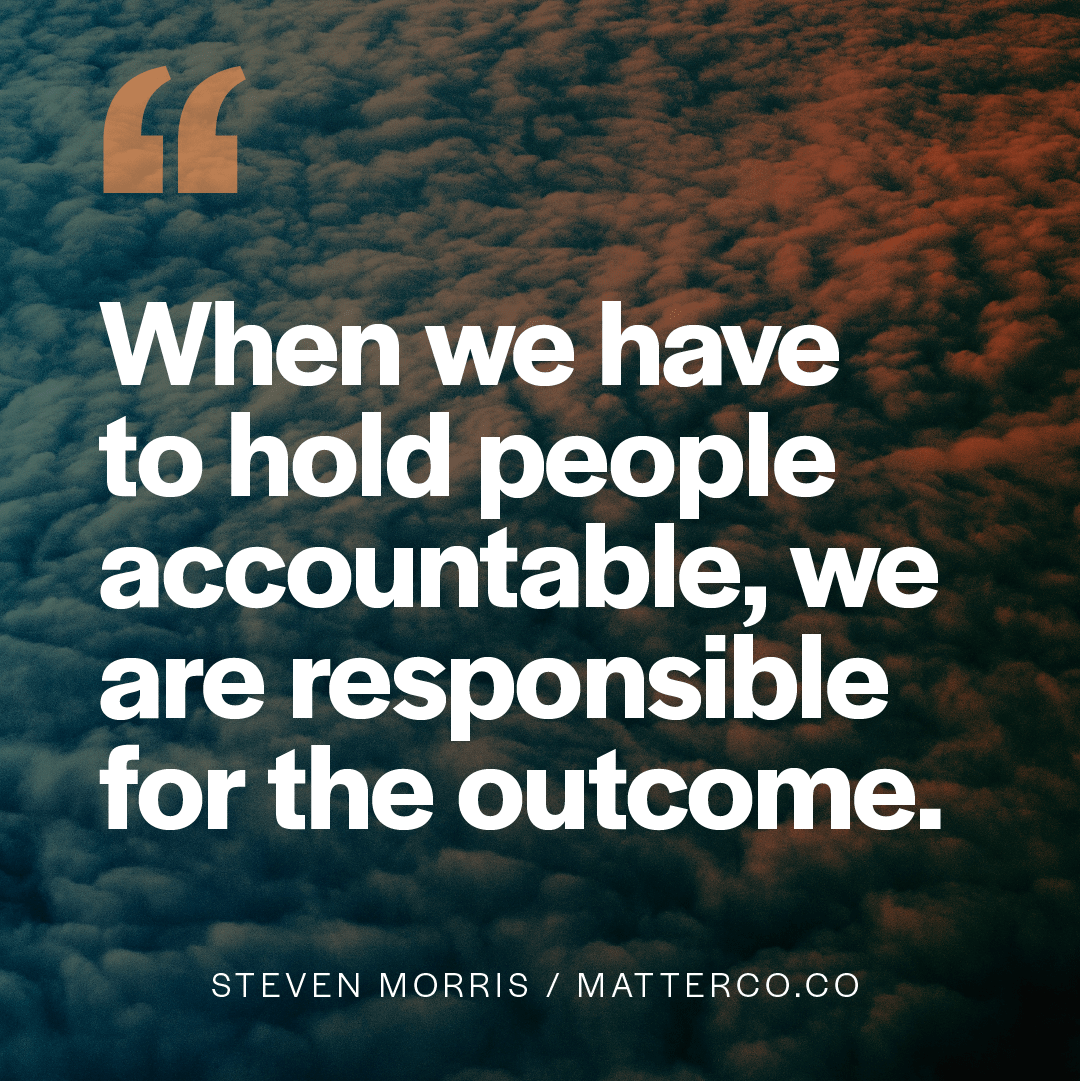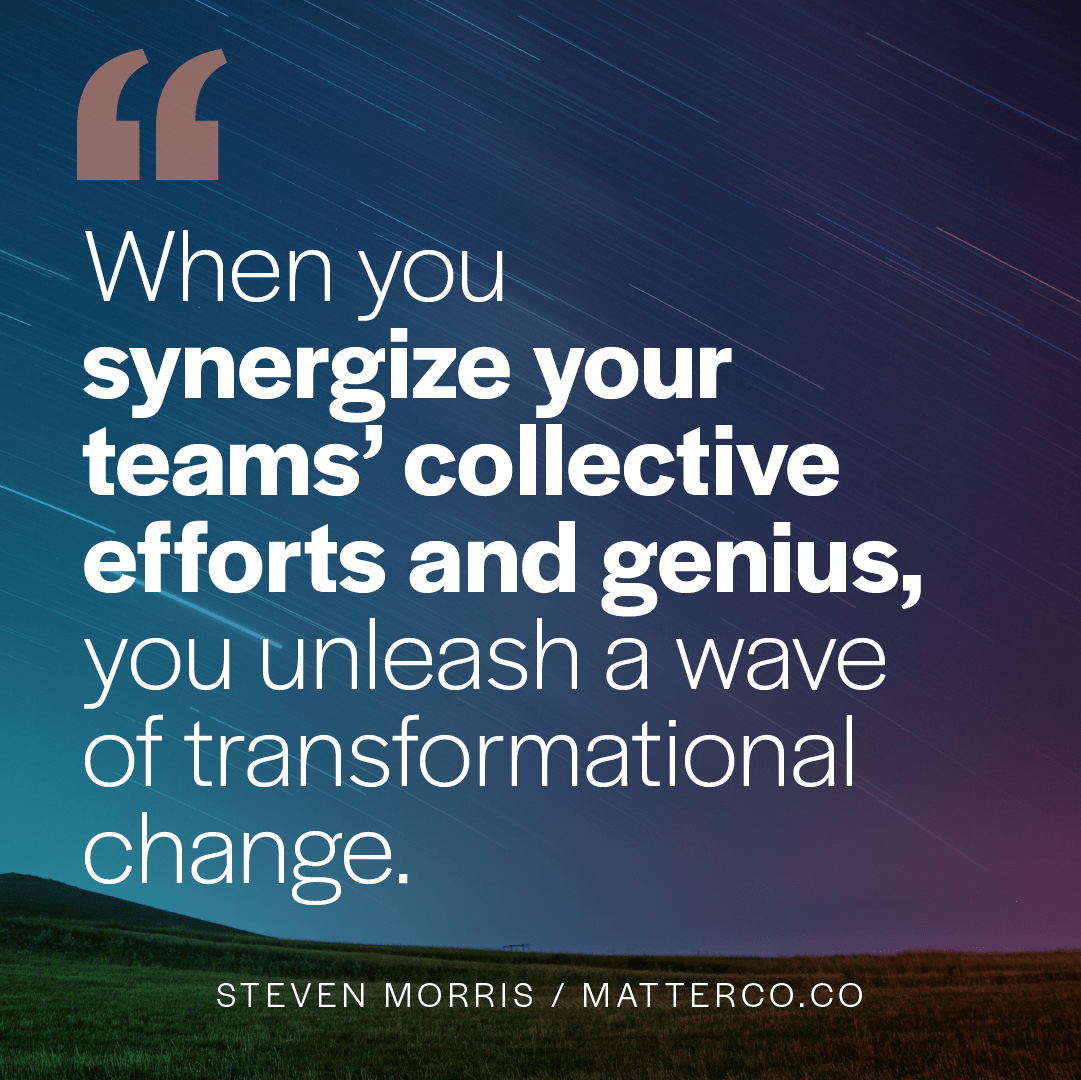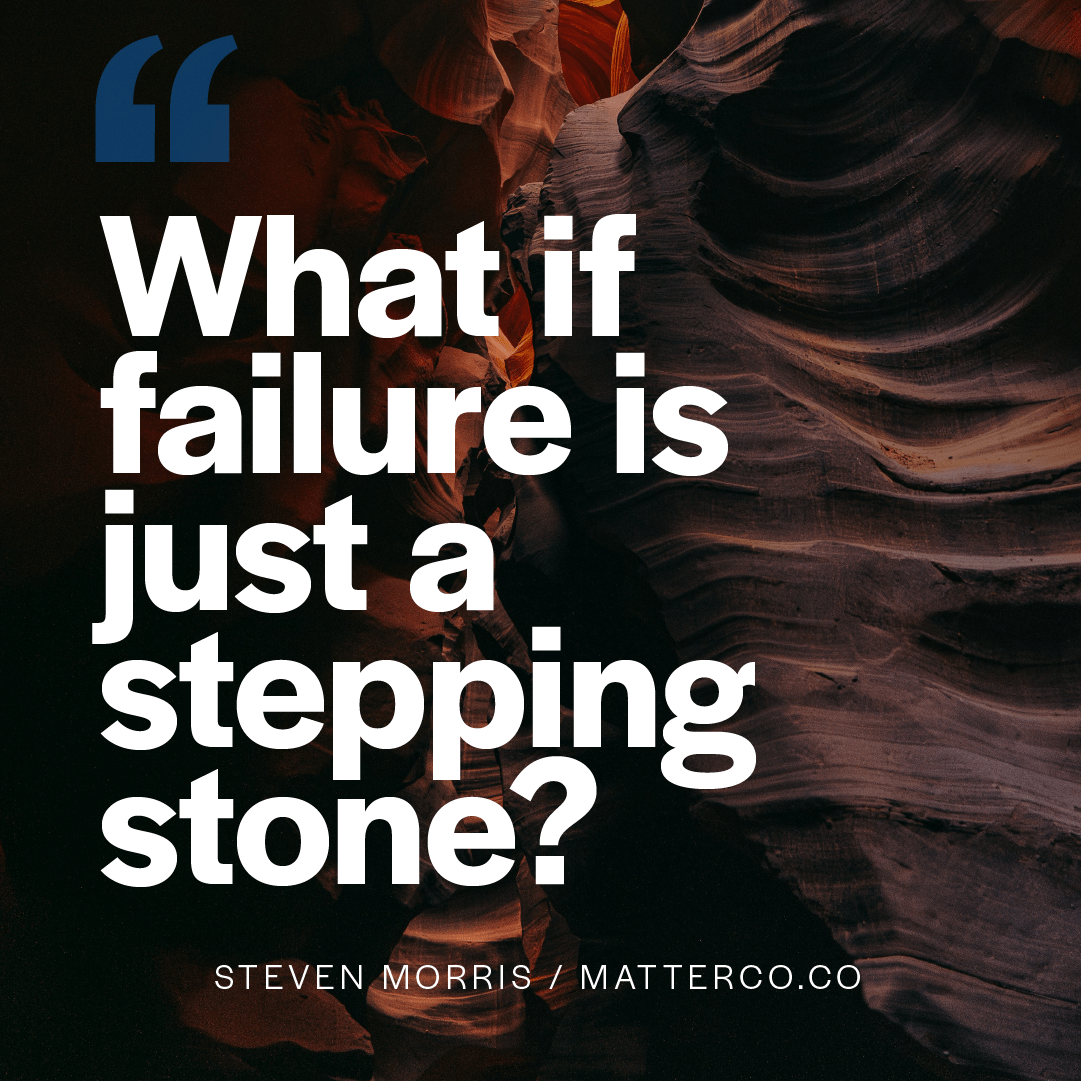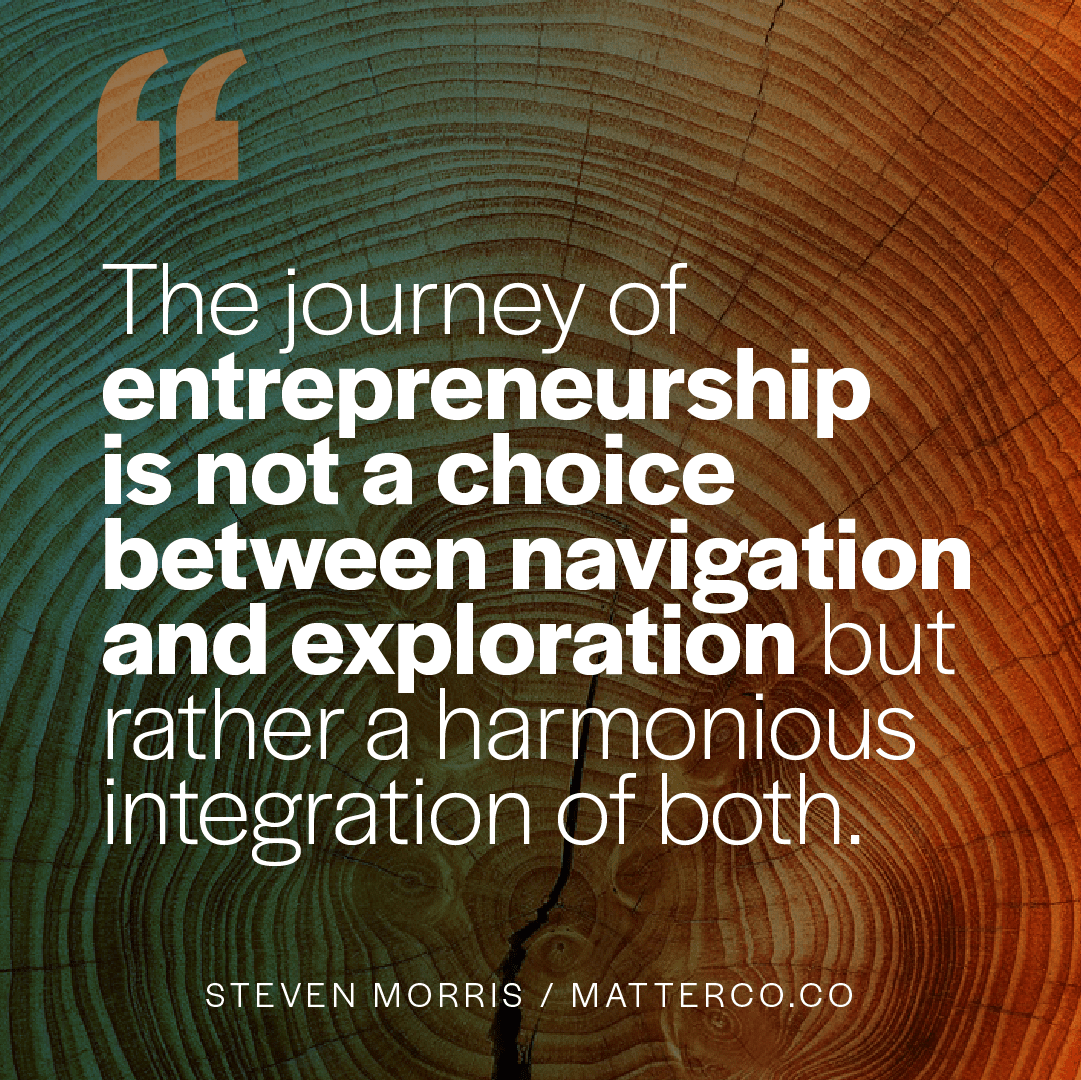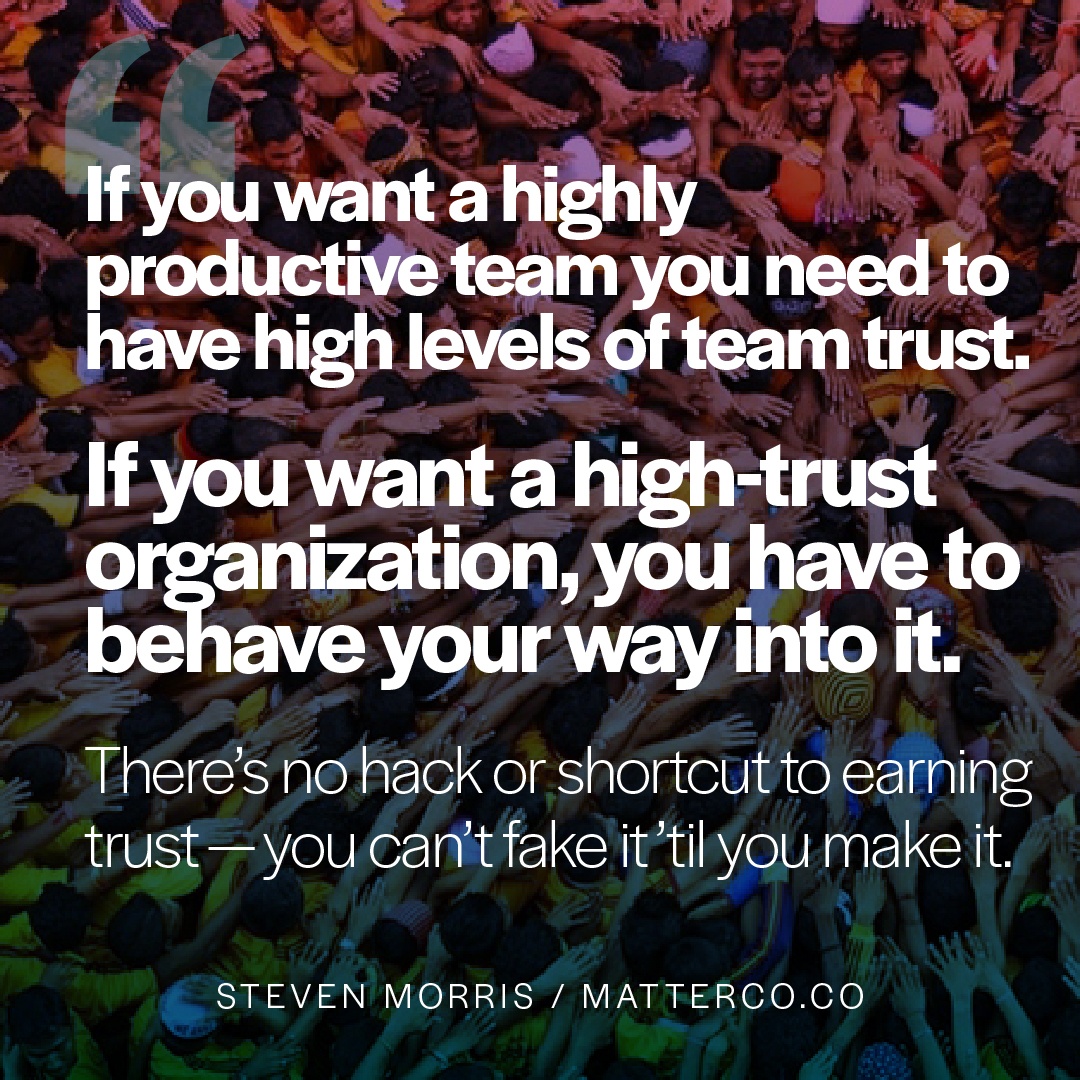
Tools to Cultivate Trust
Part 4 of 4: Tools to Cultivate Trust
(Part 1: The Upsides and Downsides of Trust / Part 2: Trust Fulcrum and Levers / Part 3: The Economic Impact on Trust)
Your company culture is shaped by the actionable beliefs, strategies, attitudes, and behaviors of those on the team.
If you want a highly productive team you need to have high levels of team trust.
If you want a high-trust organization, you have to behave your way into it. There’s no hack or shortcut to earning trust — you can’t fake it ’til you make it.
Trust is the lubrication for teams who perform well. Think of your culture as the engine of a race car. The oil in the engine is the lubricant. That lubricant is trust. The fast-moving parts can create friction when they rub up against one another.
If your oil is low, the engine will slow or come to a grinding halt. Without trust in place members of high-performing teams rub up against one another and create friction.
That’s not to say you will not or should not have friction on your team. The absence of friction is not harmony, it’s apathy. Depending on where that friction shows up and how that friction is managed matters.
Wondering where to start in trust measurement and creation?
Over the years I’ve studied, developed, and relied upon a variety of tools to increase team trust. Here are just a few of the tools I use:
Step 1: Culture Integrity Benchmark Study
One of the most valuable things I deliver to client-partners (according to them) is my Culture Integrity Benchmark Study. It’s a tool that looks deeply and broadly at a culture to determine where its strengths and weaknesses lie. It’s a truth-teller and a health check to understand the degree to which the culture has trust and integrity.
Step 2: The “Human Fingerprint” Process
After you’ve bench-marked the degree of trust that exists on your team, it’s time to earn team trust by helping your team know thyself.
Over the years I’ve created, tested, and honed the “human fingerprint process.” It’s a system that leverages personality assessment tools (mainly Gallup StrengthsFinder) and a 360° feedback method to provide each team member with a one-page summary of that employee at their best. This helps them to know where their strengths, opportunities, and bright-spots and blind-spots are. Equally important is acts as an “operator’s guide” for other team members to know how best to work with the individual.
Step 3: The “Right” Hire Process
An organization I worked with learned an expensive lesson about employee trust. Most of us have been there, too. The CEO and the CFO caught a $200,000 employee error in the bookkeeping. The employee explained it away with what seemed like a reasonable explanation. Both the CEO and CFO accepted the explanation. This “error” took place during a company growth spurt. At that point, they were hiring 4-6 new people per week. They accepted this seemingly one-off situation as an outlier.
Fast forward 18-months the CFO continued to catch similar “mistakes.” This turned into a $1.2 million dollar embezzlement. The individual was finally fired and prosecuted.
The company brought me in to help redesign their hiring process. We retooled it based on the identified and activate core values of the organization. And we fused this with self-awareness training. For the new hire process, we designed an end-to-end system. This included attracting, inviting, vetting, interviewing, on-boarding, training, and tracking employees and employee prospects. This new system helped to ensure that they hired the right people for the right reasons in the right roles.
Our new criteria for hiring, training, and creating a path forward for team members included Warren Buffett’s Three I’s Rule: Integrity, Intelligence, Initiative (see graphic). All Three I’s must be in place for a new hire.
It’s worth noting that without integrity in place, the other two can backfire or even be worse. We’ve seen this in power-hungry people who have intelligence and initiative but lack integrity. Hiring team members that you can trust, begins with hiring people with integrity and extends into people with self-awareness.

We mapped the integrity element to the company’s defined and activated core values. Then, we overlaid the Three I’s with my system that measures team and individual appetite capacity, and skill set (see graphic). Integrity is the centerpiece that bridges both systems together.

“Trust is not something you build. It’s something you earn. You can choose to act trustworthy by demonstrating your integrity, benevolence, and reliability. But it’s up to others to grant you trust—and it’s up to you to keep earning it.”
— Adam Grant
I’m hopeful that more and more organizations take the valuable steps to help their people. Trust building serves both your business and the individuals within it.
By tethering together your brand principles (Purpose, Vision, Values, Promise) with your culture that creates your living brand, you become an organization with integrity.
You can have the both/and: a highly profitable business that also cares for the people who make it profitable.
If you want a more trusting team, a culture of belonging or a magnetic brand that attracts more of the right customers, I can help. If you'd like to explore if working together makes sense, drop me a line.




